7 Books To Beat the Summer Heat
Posted 07/22/2022 by TI Staff
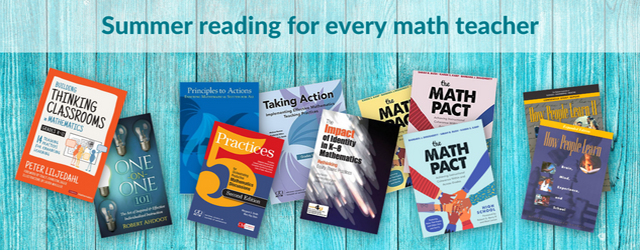
Featured books from our 2022 T3IC keynotes (Yes,you can still register!)
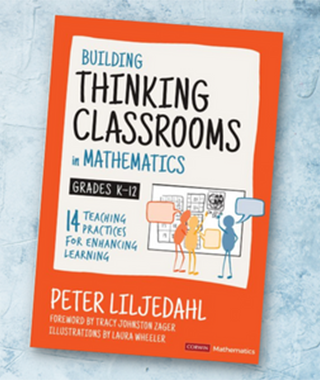
“Building Thinking Classrooms in Mathematics” by Peter Liljedahl
This easy read includes easily applied and practical recommendations. It also includes relevant research on what actually matters in helping all students learn mathematics.
“This is definitely one of my favorite math ed publications ever.” — Joanie Funderburk

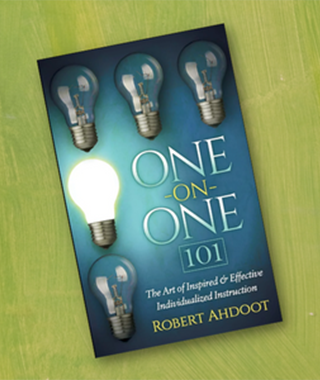
“One on One 101: The Art of Inspired & Effective Individualized Instruction” by Robert Ahdoot
Communicating effectively is an art form, and all arts have their own “secret sauce.” What is the “secret sauce” it takes to effectively reach and inspire the student sitting right in front of you?
“Insightful, intuitive, excellent and practical suggestions for teaching in the age of personalized education.” — Yong Zhao, Ph.D.

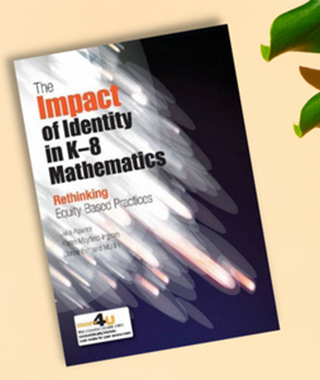
“The Impact of Identity in K–8 Mathematics: Rethinking Equity-Based Practices” by Julia Aguirre, Karen Mayfield-Ingram and Danny Martin
Filled with insightful descriptions and recommendations on impactful, high-quality and equity-based teaching of mathematics, this book is another favorite.
It can be hard for math teachers to understand what equitable teaching practices really are in mathematics. This book helps identify the things math teachers do or don’t do that have an impact on how students think of mathematics and of themselves as mathematics learners.

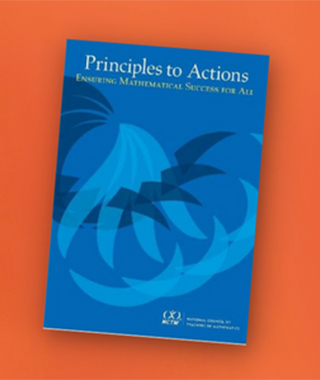
“Principles to Actions: Ensuring Mathematical Success For All” by National Council of Teachers of Mathematics (NCTM)
A staple read for math teachers new and old. This book connects research to classroom practice for effective mathematics teaching and learning for all students.
This makes a great book study group, as there are so many ideas that educators will want to discuss with their colleagues.

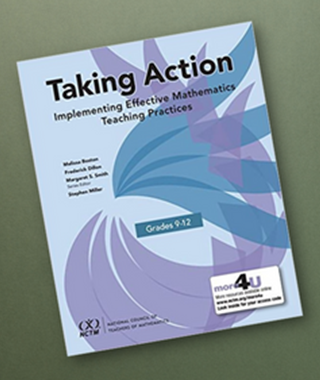
“Taking Action: Implementing Effective Mathematics Teaching Practices” by NCTM
A series of books with one for each grade, K–5, 6–8, 9–12. These books take the effective mathematics teaching practices presented in “Principles to Actions” and develop them further through the lens of specific mathematics content and scenarios at a certain grade band.
You could read one (or more) of these books instead of “Principles to Actions,” especially if you are a classroom teacher, to better understand exactly what effective teaching looks like.

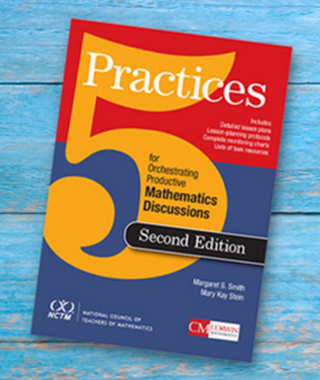
“5 Practices for Orchestrating Productive Mathematics Discussions” by Margaret Smith and Mary Kay Stein
This book is an incredible resource for math teachers wanting to implement more student-focused lessons and effectively tap into student thinking during their instruction.
The “five practices” provide a lesson planning framework that helps teachers facilitate meaningful conversations among students that support the mathematics learning goals and advance the mathematical learning of all students — from those who are traditionally successful to those who may have a history of struggling in mathematics.

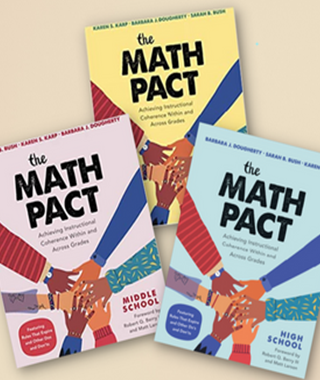
“The Math Pact” by Barbara J. Dougherty, Sarah B. Bush and Karen S. Karp
Another great series for a book study or for cross-grade/level (K–5, 6–8 and 9–12) collaborative discussions.
Many teachers have teaching experience at a certain grade, but may not realize that by providing tricks, mnemonics or cutesy kinds of tools to help students learn and remember mathematics they are inadvertently contributing to confusion and disconnect for their students down the road.
A good read for teachers helping students make sense of mathematics across grades by focusing on clear mathematics language, notation and representation.

Bonus books!
Our final additions are not specific to math, but are super interesting reads for the science and research geeks.
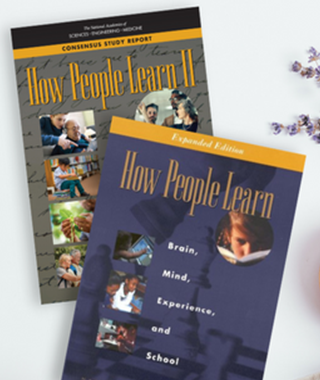
“How People Learn: Brain, Mind, Experience, and School” from the National Academies Press brings research on learning to life and can help even very experienced and effective teachers improve their practice and reach even more students by understanding the science of learning.
The companion book, “How People Learn II: Learners, Contexts, and Cultures,” is also very interesting. Both of these are available to read free online, or you can download a free PDF as well.
Enjoy the rest of your summer!
Tagcloud
Archive
- 2025
- 2024
- 2023
- 2022
-
2021
- January (2)
- February (3)
- March (5)
-
April (7)
- Top Tips for Tackling the SAT® with the TI-84 Plus CE
- Monday Night Calculus With Steve Kokoska and Tom Dick
- Which TI Calculator for the SAT® and Why?
- Top Tips From a Math Teacher for Taking the Online AP® Exam
- Celebrate National Robotics Week With Supervised Teardowns
- How To Use the TI-84 Plus Family of Graphing Calculators To Succeed on the ACT®
- AP® Statistics: 6 Math Functions You Must Know for the TI-84 Plus
- May (1)
- June (3)
- July (2)
- August (5)
- September (2)
-
October (4)
- Transformation Graphing — the Families of Functions Modular Video Series to the Rescue!
- Top 3 Halloween-Themed Classroom Activities
- In Honor of National Chemistry Week, 5 “Organic” Ways to Incorporate TI Technology Into Chemistry Class
- 5 Spook-tacular Ways to Bring the Halloween “Spirits” Into Your Classroom
- November (4)
- December (1)
-
2020
- January (2)
- February (1)
- March (3)
- April (1)
- May (2)
- July (1)
- August (2)
- September (3)
-
October (7)
- Tips for Teachers in the time of COVID-19
- Top 10 Features of TI-84 Plus for Taking the ACT®
- TI Codes Contest Winners Revealed
- Best of Chemistry Activities for the Fall Semester
- Best of Biology Activities for the Fall Semester
- Best of Physics Activities for the Fall Semester
- Best of Middle Grades Science Activities
- November (1)
- December (2)
- 2019
-
2018
- January (1)
- February (5)
- March (4)
- April (5)
- May (4)
- June (4)
- July (4)
- August (4)
- September (5)
-
October (9)
- Art in Chemistry
- Which Texas Instruments (TI) Calculator for the ACT® and Why?
- Meet TI Teacher of the Month: Jessica Kohout
- Innovation in Biology
- Learning With Your Students
- A first-of-its-kind STEM strategy charts path to help educators
- #NCTMregionals Hartford 2018 Recap
- The Math Behind “Going Viral”
- Real-World Applications of Chemistry
-
November (8)
- Testing Tips: Using Calculators on Class Assessments
- Girls in STEM: A Personal Perspective
- 5 Teachers You Should Be Following on Instagram Right Now
- Meet TI Teacher of the Month: Katie England
- End-of-Marking Period Feedback Is a Two-Way Street
- #NCTMregionals Kansas City 2018 Recap
- Slope: It Shouldn’t Just Be a Formula
- Hit a high note exploring the math behind music
- December (5)
- 2017
- 2016
- 2015
